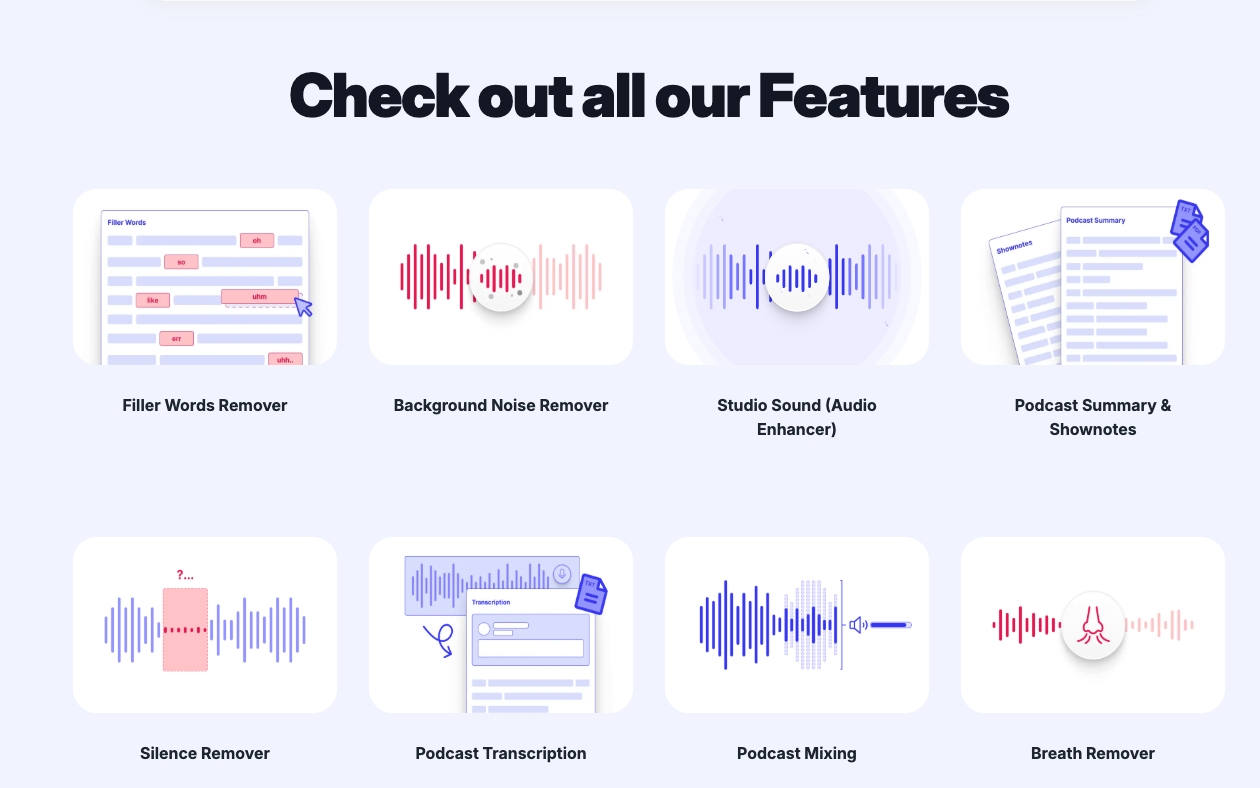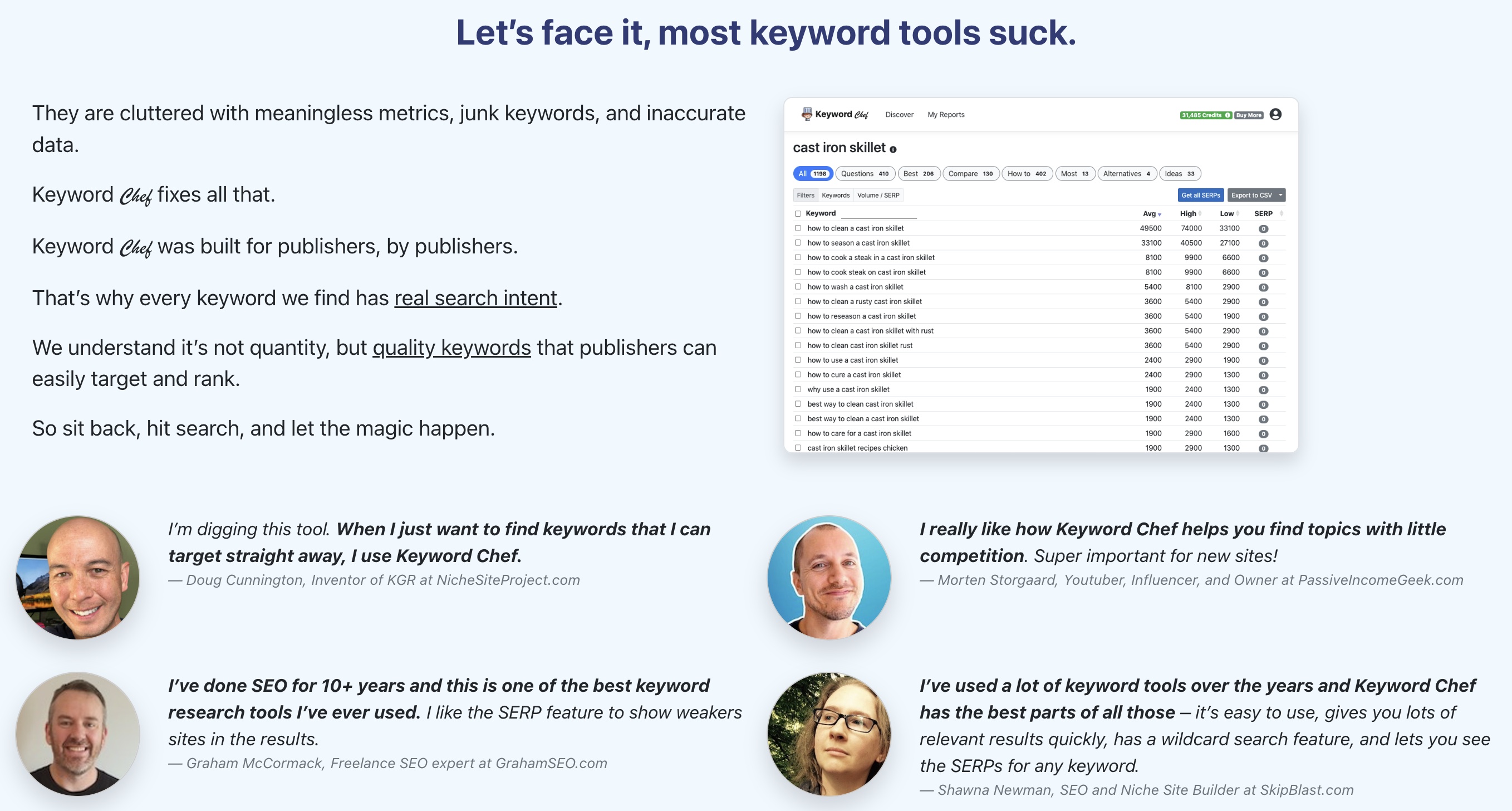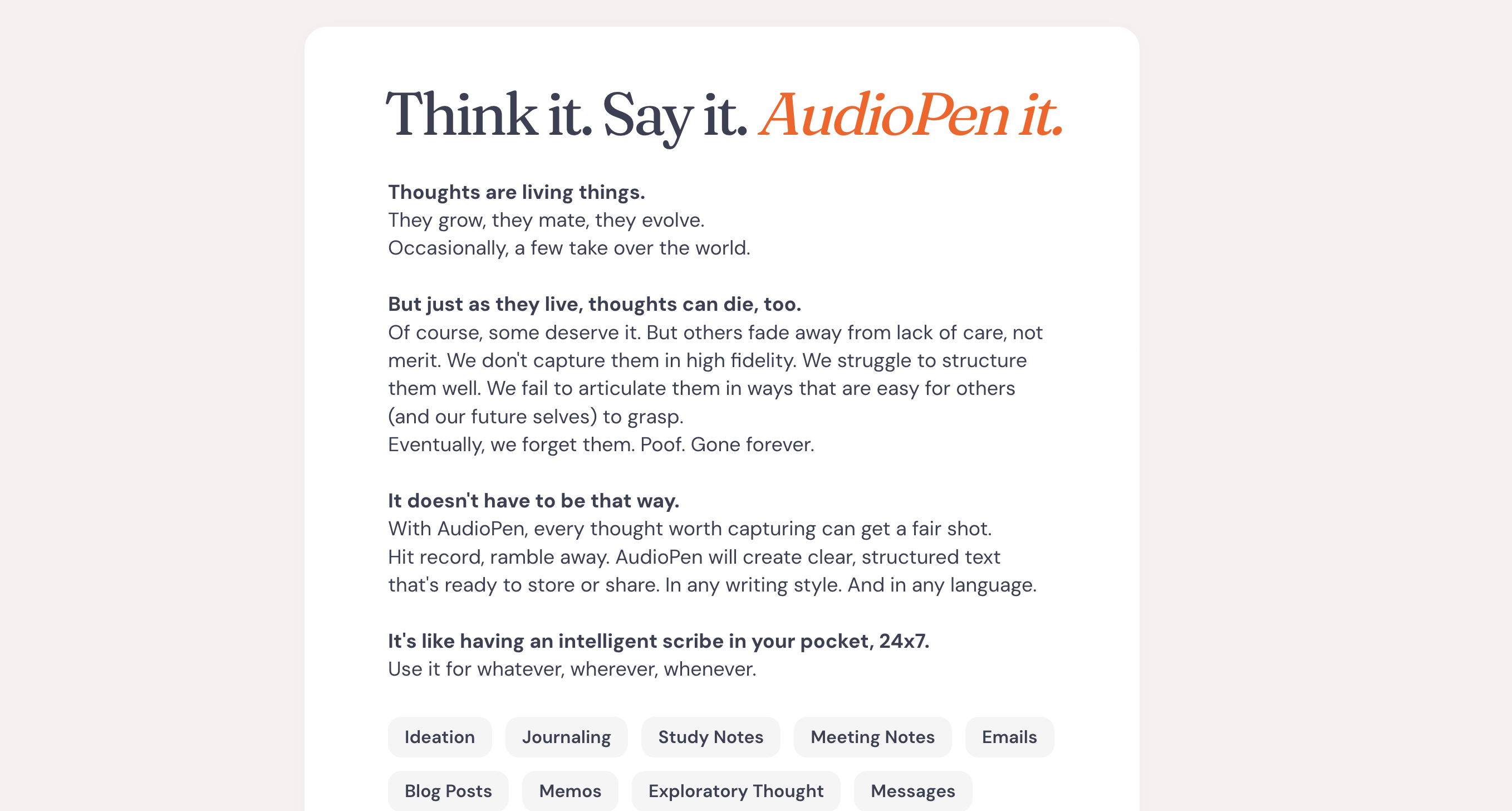One Feature is Enough | 매거진에 참여하세요
One Feature is Enough
#Microservi #sass #Subscripti #ProductThi #focus #IndieHacke #TinyStartu
The Rise of Micro SaaS
“Do we really need all these features?”
“Is anyone even using this tab?”
“What do people actually keep coming back for?”
If you've ever built or managed a digital product, you've probably asked yourself these questions.
And if you haven't yet, you will soon—because we're entering an era where "less is more" isn't just a design philosophy.
It's a business model.
Welcome to the world of Micro SaaS—tiny, focused products that solve just one problem, and solve it really well.
What Is a Micro SaaS, Really?
At its core, a Micro SaaS is:
- A single-purpose software
- Built and operated by a solo founder or a small team
- Monetized through subscriptions
- Targeting a niche user group
Often built with off-the-shelf tools (like GPT APIs, Supabase, Vercel, Stripe)
In other words: one clear use case, one clean solution, one source of recurring revenue.
These Tools Do One Thing—And People Pay for Them
Here are a few Micro SaaS examples that blew us away—not because of what they do, but because of what they don't do.
What it does: Removes “uh”, “um”, and filler words from podcast audio using AI.
Why it's brilliant: Every podcaster has this problem, and Cleanvoice solves it in under a minute. That's it.
Result: Paid conversion rate over 15%.

🧱 Typedream
What it does: A Notion-style no-code site builder.
Why it works: Targets Notion users. If you know Notion, you know how to build with Typedream.
Result: $100K+ ARR with a minimal MVP.

Keyword Chef
What it does: Helps bloggers find low-competition, high-volume keywords.
Why it's sticky: SEO beginners don’t need Ahrefs. They just want one job done.
Result: Revenue in the six-figure range.

📝 AudioPen
What it does: Transcribe and summarize voice notes instantly.
Why it scales: There’s literally one button. That’s the product.
Result: Over $25,000 in revenue within six months.

Why People Love These Tools Now More Than Ever
We're living in a world of app fatigue. Every product promises the world, but what we really want is simplicity.
So when we find a tool that does just one thing we really need, it feels like magic.
✅ “This solves my exact problem.”
✅ “No manual, no learning curve.”
✅ “I can test it for free, and the upgrade feels worth it.”
In the end, Micro SaaS is more about routine fit than feature set.
If your tool becomes part of someone’s daily/weekly flow, you win.
Can You Build One Too? Absolutely.
Here’s the best part: you don’t need a big team or big capital to test a Micro SaaS idea.
With today’s tools—GPT APIs, Stripe, Supabase, Vercel—you can build and launch a prototype solo in a weekend.
What’s more, you don’t need a mass-market audience either.
🎧 A podcast editor
📊 A marketing analyst
📚 A research student
🧩 A team leader juggling docs
These are real people with real problems—often just one—and that’s where Micro SaaS shines.
5 Questions to Validate Your Micro SaaS Idea
Before diving in, ask yourself these:
Question | Why it matters |
|---|---|
1. Is the problem crystal clear? | Who has this problem, when, and how often? |
2. Can you solve it with one feature? | Strip it down. If not, it’s not micro. |
3. Is there usage repetition? | Weekly or daily use builds habit and retention. |
4. Where is the paywall trigger? | What moment feels worth paying for? |
5. How will people find it? | SEO? Reddit? Product Hunt? Community? Plan the funnel. |
Sample Journey: Cleanvoice
Let’s walk through a typical user flow:
- User searches “how to remove filler words from podcast audio”
- Finds Cleanvoice
- Uploads 5-minute sample → AI removes “um”s in seconds
- Message: “This feature is part of the Pro plan”
- Clicks "Upgrade" — pays $9 for a month
One simple journey. One perfect pain point. One smooth conversion.
Final Thoughts: Micro SaaS Is the MVP Playground
For product managers, designers, and indie builders, Micro SaaS is the perfect low-risk, high-learning experiment.
You don’t need scale. You need clarity.
You don’t need complexity. You need utility.
“Our product is small, but it’s sharp.”
“We solve one problem, and we solve it fully.”
“That’s why people come back.”
So if you're wondering whether to build that "tiny idea"—do it.
It might just be the next $10K MRR micro business.
Micro SaaS idea by BUNZEE
Start small. Stay focused. Solve one pain.






